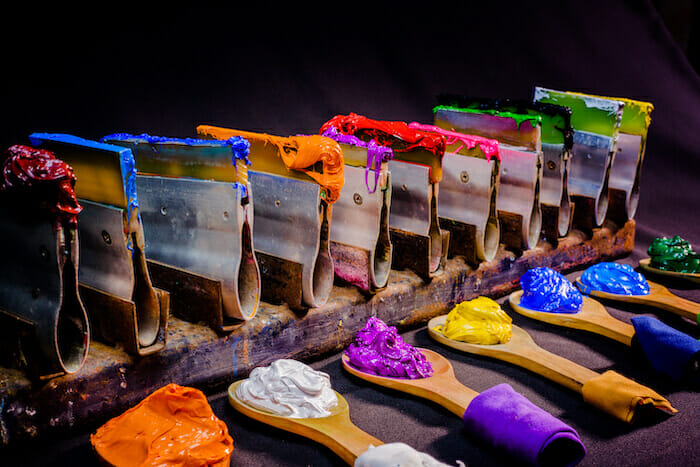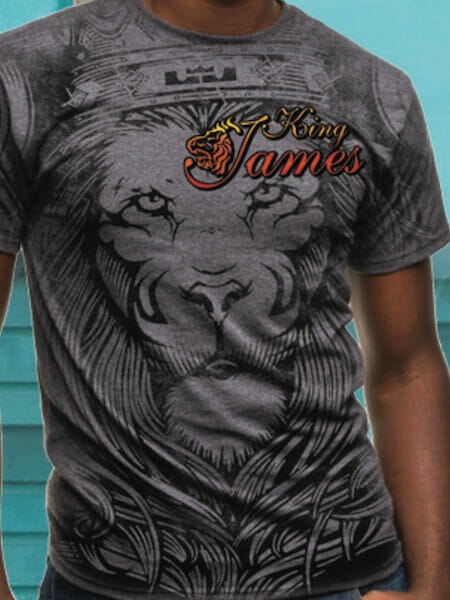Tips On Screen Printing Dark Shirts

Screen Printing On To Black Shirts
Printing vibrant designs on dark-colored garments is made easy with underbase and Flash printing. Before adding color to a shirt, an artist begins by laying down white ink that makes any other colors applied appear more vivid than usual. Afterward, specialized heat presses are used between layers for quick drying so prints never come out off-register without removing shirts from pallets in the middle of production!

Water Based Inks
When it comes to dark-colored shirts, the choice of ink can greatly impact your logo – so what’s best for your design? Water-based options produce more subdued results but are kinder to our environment. However, if vibrancy and longevity are desired, then plastisol can deliver with its richer colors. It all boils down to deciding between making an eco-friendly statement or capturing something genuinely striking!
Why Water-Based Inks?
Water-based inks used in screen printing are known for their water content, differentiating them from solvent-based or plastisol inks. Making them a top choice when printing an eco-friendly shirt libe, Bella Canvas has to offer.
Screen Printing With Water-Based Inks vs Plastisol
The industry has seen a remarkable transformation from painstakingly slow production and muddy colors to modern-day printing capabilities. Thanks to advanced tech, printers have finally found that sweet spot between vibrance and accuracy – now they can achieve maximum impact with minimal time invested! Plastisol inks specifically have enabled them to turn out crisp prints at higher speeds than ever before – truly revolutionizing print culture as we know it.
Water-based inks are considered eco-friendly because they contain less harmful chemicals and volatile organic compounds (VOCs).
- Soft Feel: Water-based ink gives the fabric a softer feel, which is more comfortable to wear and has a more natural look.
- Breathable: These inks provide a breathable texture when applied to textiles making them ideal for clothing items like T-shirts.
- Suitable for Absorbent Materials; Water-based inks work on absorbent substrates, such as cotton.
- Vibrant Colors: They can produce intricate designs.
- Opacity Limitations: However, they may have some limitations when achieving opacity on nonabsorbent surfaces. In some cases, additional base layers might be required.
- Eco Consciousness: Water-based inks align with environmentally friendly printing practices.
- Drying/Curing Process: They can be air-dried or heat-cured for durability. Easy to print: Water-based ink is thin and easy to print, making it ideal for screen printing, and the fabric easily absorbs the ink.
To sum up, water-based inks used in screen printing offer the benefits of softly textured colors while requiring special attention to achieve opacity on specific surfaces. They are highly favored for their eco-printing capabilities. Plastisol ink is suitable for a wide range of fabrics, including cotton, polyester, and blends, making it a bit more versatile than water-based ink, but there is a visual difference in how these two inks feel on a shirt.
Entrepreneurial Journey: In 1989, I began my exciting entrepreneurial journey by founding The Monterey Company. Over the years, I have had the privilege of leading the Monterey Company for over 30 years.
My Experience in printing products includes the use of pad printing machines, screen printing, embroidery and my specialty has been the use of a lasering metal and wood products. I have been a member of PPAI and the Advertising Specialty Institute. My current role at the Monterey Company is in marketing, product development.
Search
Latest News
What Should I Do With My Old Racing Medals?
What is a Graduation Honor Medallion?
How to Make Your Event Succeed With Custom Racing Medals
Copyright and Custom Lapel Pins
Customizing Racing Medals and Ribbons, All in One!
Make Your Business Stand Out with Custom Hats
Sample Study: Warbear Custom Emblem
What Makes Custom Leather Patch Hats So Cool?
Why Finisher Medals Matter
Why Are Custom Enamel Pins so Expensive?